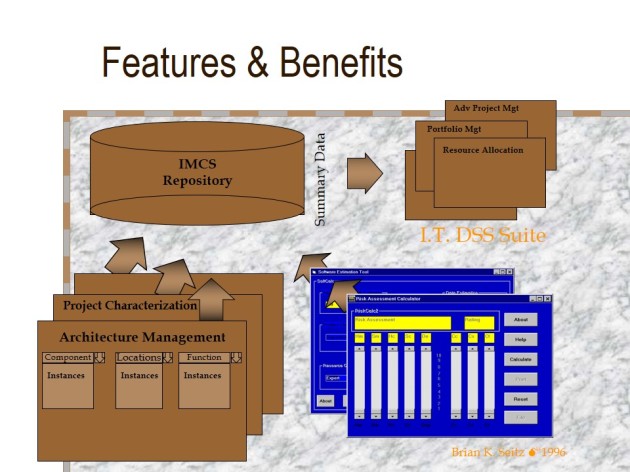While the typical rational for Portfolio Management is closely associated with finance. I think because that is the easiest domain to track; the finance concept has a developed measurement system. Other intangible goals are harder to track as these don’t have well established metrics. There are not well published and accepted coordinate systems for risk, happiness, wellness, etc. The systems of measure I’ve found through research so far are very subjective.
One example of note that illustrates this point; risk. Risk as defined by William Rowe is a fairly simple mathematical formula Risk = Probability of Loss x Quality of Loss. While the formula is fairly simple is appearance two aspects cloud the issue:
- First, obtaining the Probability of Loss; this is not a generally well understood or robust activity. Ask the average corporate employee about the probability of an event and you are likely to get a very vague answer or inconsistent answers all over the spectrum
- Second, the assessment of risk or risk tolerance. Is a risk of say $1,000 dollars high, medium or low? This tolerance classification is very subjective and conditional. Factors such as past and current economic conditions effect the psychological state and thereby tolerance levels. An example in the investment domain: Someone that has a portfolio of hi-tech stocks or mostly hi-tech stocks would be considered to have a high risk tolerance; One because it is heavily weighted in stocks and two because the investments are in an industry that is very volatile.
These two issues make risk measurement less concrete in the minds of average employees compared with every day finance. While there are aspects of risk people inherently are aware of (not a good idea to jump off a building) these are internalized and typically a explicit conscious decision process (e.g., if I jump off the building the probability of survival is x percent…)
Applying intangible goals to IT Portfolio Management thus becomes an exercise in not only creating the goal, but the measurement system for monitoring achievement to that goal. While on the surface this too sounds rather simple to execute. Again appearances can be deceiving. Example; make an unnumbered list of ten nonfinancial priorities for yourself, project or company. Duplicated the list and circulate to a dozen or so people around you in and outside of your workplace. Ask each to prioritize the list 1 to 10, without consulting anyone and return the list to you. It is likely you will find that not everyone agrees with each other on priorities. Without discussing priorities which are strongly tied to value systems within a corporation setting and measuring intangible goals will be frustrating at best.
Thus the first step in establishing a an efficient and effective Portfolio is to discuss values and priorities of the firm and obtain alignment of the stakeholders. A word of caution, like other concepts above, this is easier said than done. Using a workshop, surveying, and applying Bayesian logic to assist in weighting the consensus outcomes is likely to give you a higher probability of Portfolio success or at least know what success looks like to everyone.







